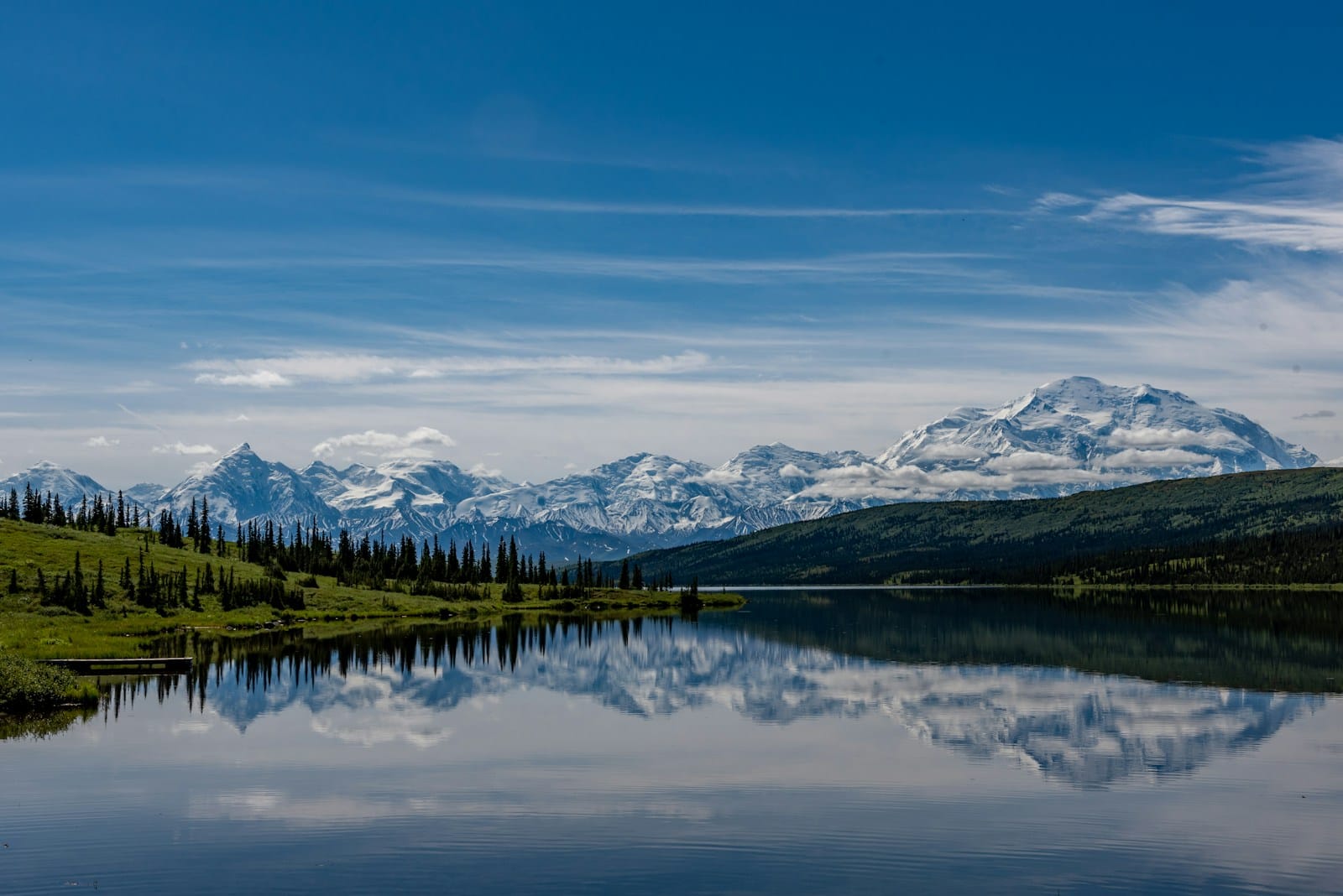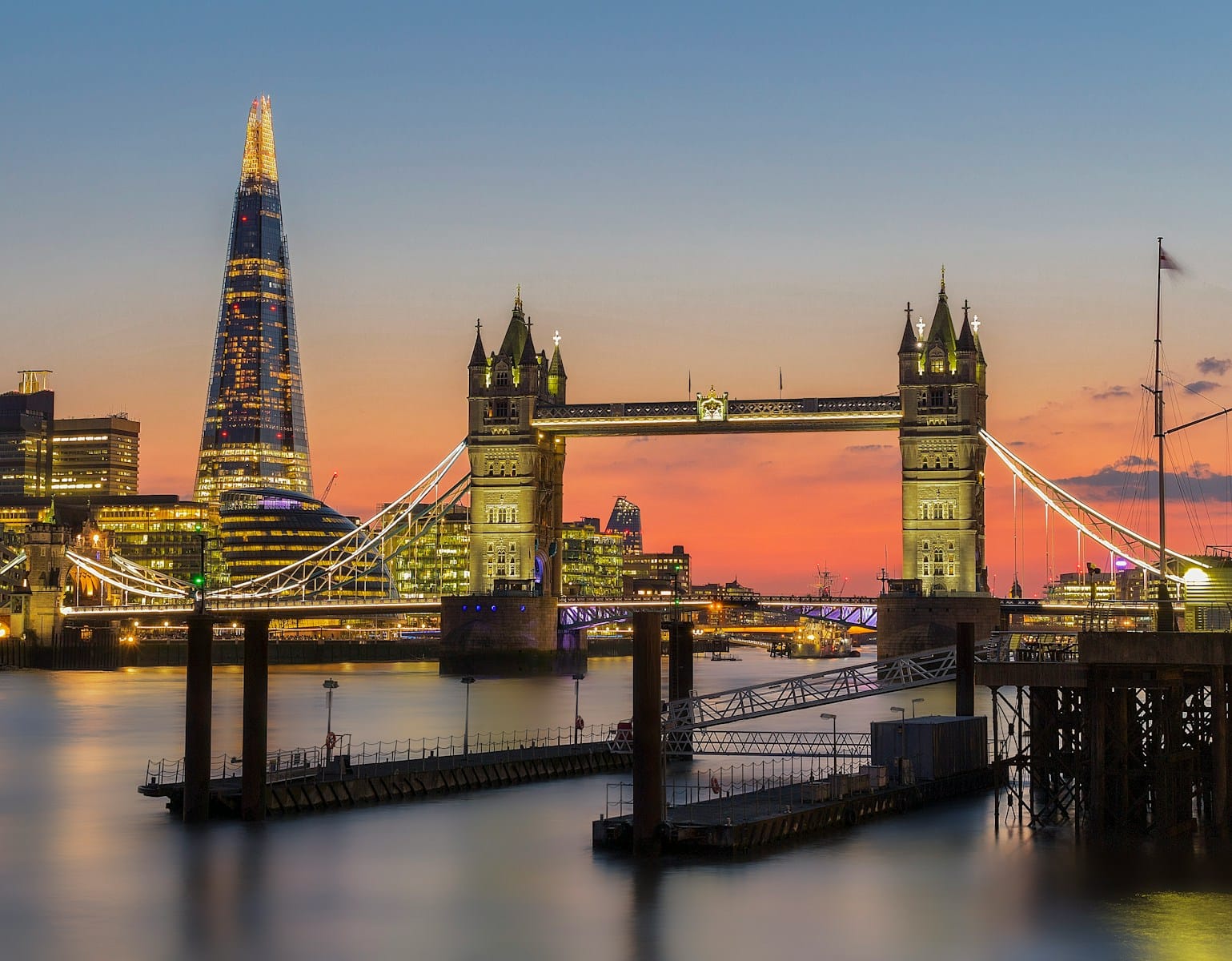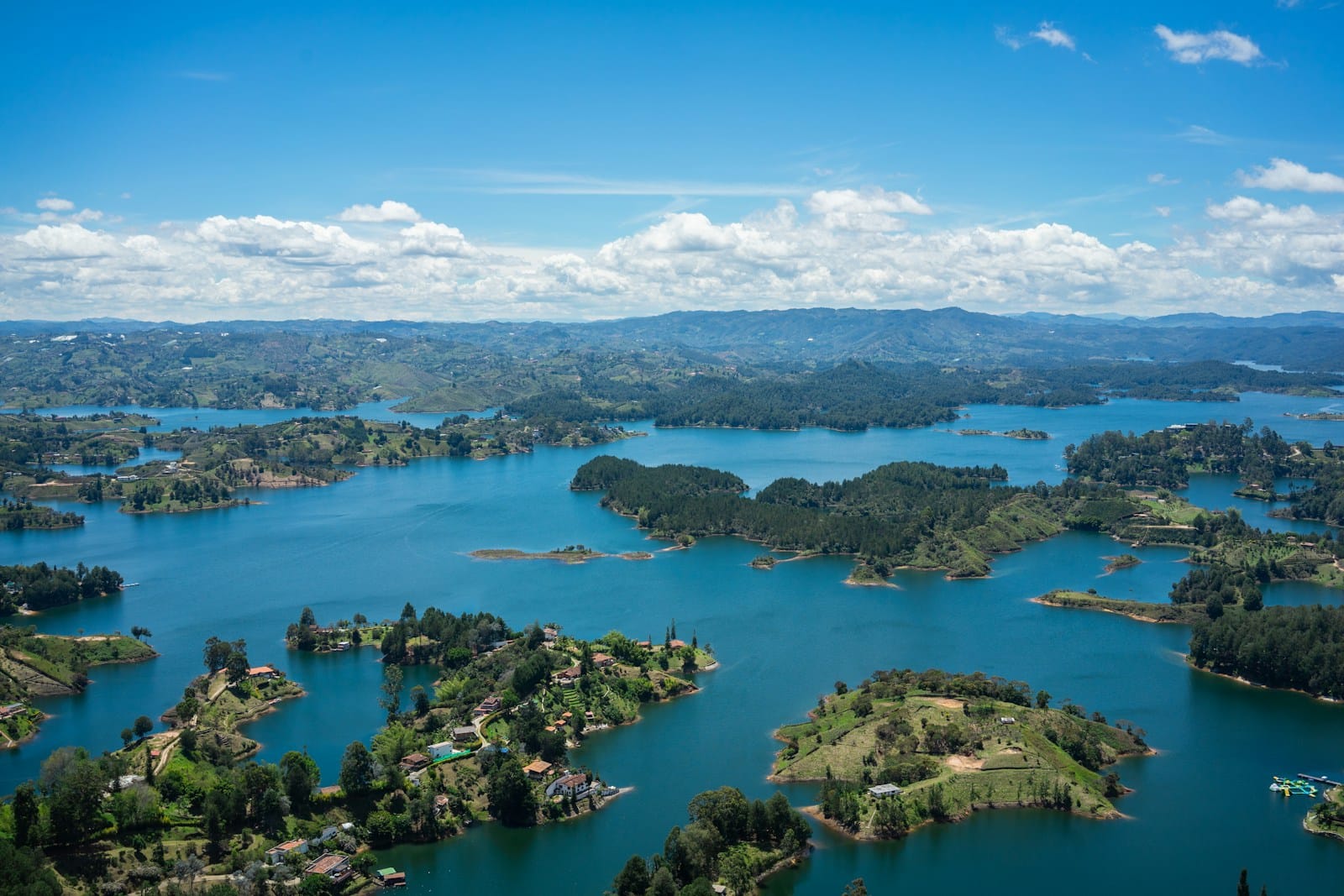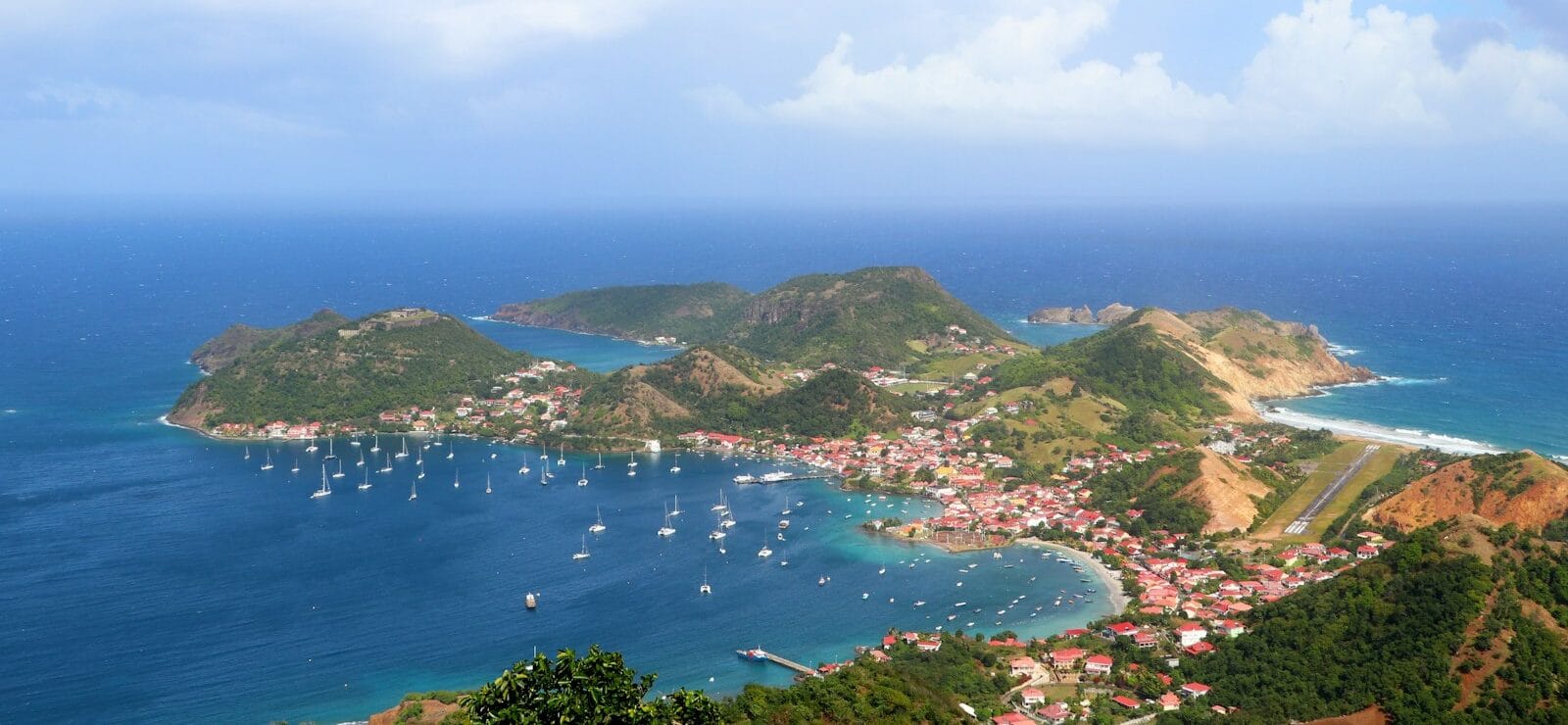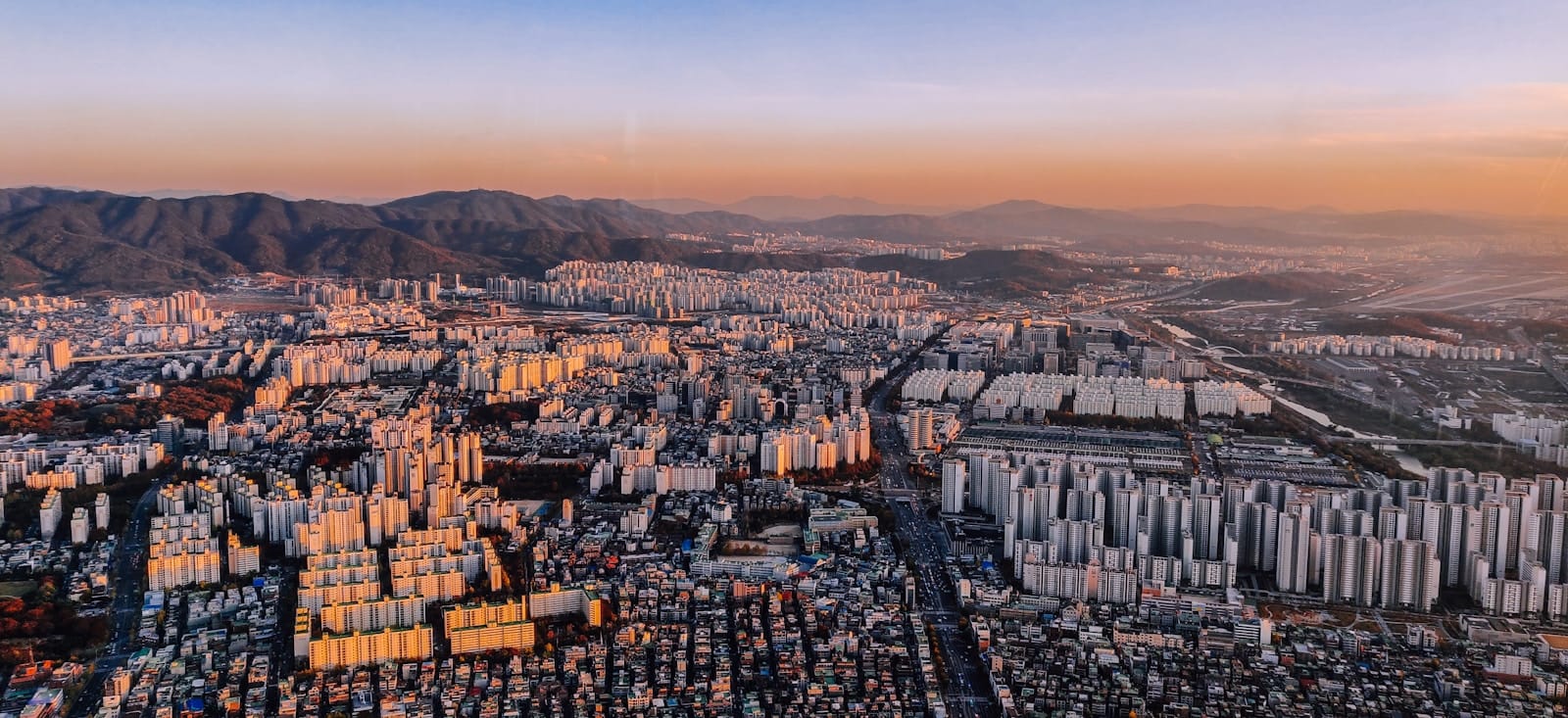Alaska Travel Guide – National Parks, Itineraries, and Travel Tips
Intro to Alaska Travel Guide
Alaska isn’t just a destination—it’s a frontier. The largest and northernmost state in the U.S., Alaska beckons travelers with its epic landscapes, abundant wildlife, and soul-stirring solitude. From the icy fjords of Kenai to the gold rush echoes of Skagway, Alaska is where nature takes the spotlight and adventure never sleeps.
Start your journey with our Alaska Tour Guide and explore all it has to offer—from dramatic glaciers and national parks to Indigenous culture and arctic wonders.
Best Places to Visit in Alaska
Anchorage | Denali National Park | Fairbanks | Glacier Bay National Park | Homer | Juneau | Katmai National Park | Kenai Fjords National Park | Ketchikan | Nome | Sitka | Skagway | Wrangell-St. Elias National Park
💡Quick Facts:
Continent: North America
Country: United States
State: Alaska
Area: 1,723,337 km² (largest U.S. state)
Population: ~735,000 (2024)
Density: ~0.5/km²
Capital: Juneau
Major Regions: Southcentral, Interior, Southeast (Panhandle), Southwest, Arctic/North Slope
Language(s): English (official); indigenous languages include Yupik, Inupiaq
Currency: U.S. Dollar (USD)
Time Zone(s): Alaska Standard Time (AKST, UTC-9); Daylight Time (AKDT, UTC-8)
Airports: ANC (Anchorage), FAI (Fairbanks), JNU (Juneau), SIT (Sitka), BRW (Utqiaġvik)
Climate: Subarctic, Arctic, maritime (by region)
Known For: Glaciers, northern lights, wildlife, national parks, fishing, Native cultures
🛂Arrival Info:
No passport required for U.S. citizens arriving from other U.S. states
U.S. entry via Canada (e.g., by car from Yukon) requires a valid passport or travel ID
Cruises often depart from Seattle or Vancouver — Canadian entries may require extra documentation
Major entry airport is Anchorage International (ANC), served by direct flights from U.S. cities and limited international routes
Travelers using the Alaska Marine Highway may need ID/passport if routing through Canada
Check eligibility and apply through the U.S. State Department: Alaska Department of Administration.
💉Health Info:
Standard U.S. healthcare applies; high-quality hospitals in Anchorage and Fairbanks
Remote areas may have limited access — medevac insurance is recommended for wilderness travel
Winter travelers should prepare for frostbite risk, especially in Arctic areas
✅ Check travel insurance options for travel emergencies, delays, and medical needs abroad — Get coverage here
✅ Stay Informed with Official Updates: WHO – International Travel & Health | CDC – Travel health updates
🚨Travel Advisory:
Generally low crime and safe travel conditions across the state
Wildlife safety is a top concern — moose and bears can be encountered near towns and trails
Weather extremes, remote terrain, and seasonal darkness require preparedness
U.S. State Dept advisories apply only if transiting through Canada or international cruise ports
✅ Stay Informed with Official Updates: US Travel Advisory | UK Foreign Travel Advice
📅Holidays:
Independence Day – July 4
Thanksgiving – Fourth Thursday in November
Memorial Day – Last Monday in May
Labor Day – First Monday in September
Christmas Day – December 25
Alaska-specific: Seward’s Day (last Monday in March) celebrates Alaska’s U.S. purchase
💰Money Matters:
Currency: U.S. Dollar (USD)
Credit/debit cards widely accepted, even in small towns
ATMs available in all major towns; cash recommended for remote villages or lodges
Tipping: 15–20% in restaurants and services
No special duty-free rules within U.S.; international travelers should check U.S. Customs limits
✈️Airports:
Main International Airport: Ted Stevens Anchorage International Airport (ANC)
Location: Anchorage
Hub for Alaska Airlines and cargo carriers; 2 runways
Other Key Airports:
Fairbanks International Airport (FAI): For access to interior Alaska
Juneau International Airport (JNU): Main gateway to Southeast Alaska
Nome (OME), Barrow (BRW), Ketchikan (KTN): Serve regional air traffic
Floatplanes and bush planes are essential for reaching remote communities.
✅ Delayed or canceled flight? Check if you’re eligible for compensation
🚍Transport:
No road access to most communities — travel is by plane, boat, or ferry
Alaska Marine Highway connects coastal towns
Car rentals available in Anchorage, Fairbanks, Juneau
Alaska Railroad links Anchorage, Denali, and Fairbanks
Summer floatplanes and winter snowmobiles are essential in remote zones
✅ Book reliable airport transfers and in-city rides in advance. Reserve your ride here
📶Connectivity:
Major towns have good mobile and internet service (GCI, AT&T, Verizon)
Remote areas often have limited or no signal — consider satellite phones for backcountry travel
Wi-Fi available in hotels, lodges, and libraries in populated towns
Public charging stations are rare outside cities
✅ Stay connected abroad with affordable eSIM data packs. Get your eSIM here
📜Laws & Etiquette:
Legal drinking age: 21
Respect Indigenous lands and cultures; seek permission if visiting traditional territories
Firearm laws vary — follow U.S. federal and state rules
Dress modestly in rural and Native communities
Respect wildlife and carry bear spray in national parks
🛡️Emergency Info:
Emergency (Police/Fire/EMS): 911
State Troopers: (907) 269-5511
Local Search & Rescue: Operates in national parks and rural zones
Anchorage Visitor Center: (907) 257-2363
Travel Insurance Tip: Consider medevac-inclusive plans — get coverage here
✅ Use embassy locator tools: Embassies Worldwide
🌦️Weather:
Summer (May–Sep): Long daylight, mild temps (12–24°C); best time for hiking and wildlife
Winter (Nov–Mar): Snow, ice, short days, northern lights visible
Spring/Fall: Shoulder seasons with fewer crowds but variable weather
Interior = coldest; Southeast = rainiest; Arctic = most extreme
✅ Stay prepared—check the weather forecast for your destination — Weather Forecast
Alaska Cities & Major Destinations
- Anchorage
Alaska’s largest city blends urban convenience with outdoor adventure. Nestled between Cook Inlet and the Chugach Mountains, Anchorage is a hub for hiking, wildlife viewing, and cultural experiences like the Alaska Native Heritage Center. - Fairbanks
Known as the gateway to the Arctic, Fairbanks offers northern lights sightings, dog sledding, and river cruises. It also provides access to the Dalton Highway and Arctic Circle adventures. - Juneau
Alaska’s remote capital is only accessible by boat or plane. It sits between mountain peaks and the Gastineau Channel, with highlights like the Mendenhall Glacier, whale-watching tours, and rich Indigenous culture. - Sitka
Blending Russian colonial history and Tlingit heritage, Sitka is a charming coastal town framed by rainforest and ocean. Visit St. Michael’s Cathedral or explore Sitka National Historical Park. - Ketchikan
Often the first stop for cruise travelers, Ketchikan is famous for its colorful totem poles, salmon runs, and the surrounding Tongass National Forest. - Homer
A quirky, artistic town on the Kenai Peninsula, Homer is the “Halibut Capital of the World” and a launching point for bear-viewing flights to Katmai National Park. - Seward
A coastal town known for marine tours and the Alaska SeaLife Center, Seward provides access to Kenai Fjords National Park, where glaciers and wildlife share the stage. - Barrow (Utqiaġvik)
One of the northernmost towns in the world, Utqiaġvik offers a glimpse into Iñupiat culture and the stark, beautiful landscapes of the Arctic tundra.
How to Choose Where to Go in Alaska
Choosing where to go in Alaska depends on what calls to you: glaciers, wildlife, Indigenous culture, or wilderness solitude?
- Southcentral Alaska (Anchorage, Kenai, Homer): Ideal for first-timers and wildlife lovers. Accessible, scenic, and rich in day tours.
- Interior (Fairbanks, Denali): For aurora chasers and wildlife photographers. Best explored by road or rail.
- Southeast (Juneau, Sitka, Ketchikan): Perfect for cruise travelers or those seeking fjords, rainforests, and rich cultural heritage.
- Southwest and Arctic (Nome, Utqiaġvik, Kodiak): Remote and raw—choose this for off-grid exploration and traditional Alaska Native communities.
Natural Escapes & Scenic Highlights
- Denali National Park
Home to North America’s tallest peak, Denali offers vast tundra, grizzly bear sightings, and panoramic alpine views. Visit between June and September for the best access. - Kenai Fjords National Park
Near Seward, this glacier-studded park delivers stunning coastal beauty and abundant marine life—perfect for boat tours and kayaking. - Wrangell-St. Elias National Park
The largest national park in the U.S. spans 13.2 million acres and includes active volcanoes, glaciers, and the historic mining town of McCarthy. - Glacier Bay National Park
A UNESCO World Heritage Site accessible by cruise or air, this park showcases tidewater glaciers, orcas, sea lions, and towering ice cliffs. - Tongass National Forest
The largest temperate rainforest in North America, surrounding towns like Ketchikan and Sitka with lush greenery, waterfalls, and bald eagles. - Northern Lights in Fairbanks
Between August and April, the aurora borealis ignites the skies above Fairbanks—best viewed away from city lights, in heated yurts or wilderness lodges. - Arctic Wildlife Viewing (Nome or Kotzebue)
From musk ox and caribou to migratory birds, the remote Arctic delivers rare encounters for those willing to venture north.
Cultural & Historic Landmarks
- Alaska Native Heritage Center (Anchorage)
Explore Indigenous traditions through storytelling, dance, totems, and reconstructed village sites. - Totem Bight State Park (Ketchikan)
Walk among carved cedar poles and learn the stories behind Alaska’s First Nations’ symbols and clan structures. - Sitka National Historical Park
Preserves the site of a Tlingit-Russian battle in 1804 and showcases totem trails and a cultural center. - Pioneer Park (Fairbanks)
A historic theme park with old cabins, museums, and the SS Nenana riverboat—great for families and history buffs. - Russian Orthodox Churches (Sitka, Kodiak)
These onion-domed buildings speak to Alaska’s colonial Russian past and blend Christian worship with Native customs. - Barrow Whale Bone Arch
A symbol of Iñupiat whaling culture, this arch frames a view over the Arctic Ocean from the top of the world. - Gold Rush Landmarks (Skagway)
Skagway’s historic downtown transports visitors to the late 1800s, complete with boardwalks, saloons, and access to the Chilkoot Trail.
Local Food, Arts & Experiences
- Seafood Feasts
Salmon, halibut, Dungeness crab, and spot prawns dominate Alaskan menus—whether grilled fresh at a Homer lodge or smoked and packed from a Juneau shop. - Reindeer Sausage & Fry Bread
Try these iconic local flavors at markets, food trucks, and Indigenous-run eateries across the state. - First Friday Art Walks (Anchorage, Fairbanks)
Local galleries and artists host open houses with Alaska-inspired pieces, from wildlife photography to Inuit carvings. - Alaska State Fair (Palmer)
A late-summer event known for giant vegetables, carnival rides, and cultural showcases from around the state. - Fishing Tours & Workshops
Join guided trips to fish for king salmon or halibut, or attend a seafood smoking workshop in Homer or Seward. - Dog Sledding Adventures
Book a ride with Iditarod-trained huskies, even in summer via wheeled carts near Denali or Girdwood.
Must-See Experiences in Alaska
- See Denali on a flightseeing tour with glacier landings and once-in-a-lifetime views.
- Cruise through Kenai Fjords to spot breaching whales and calving glaciers.
- Witness the northern lights dancing above a snowy lodge in Fairbanks.
- Meet a grizzly bear up close (safely) at Katmai National Park’s Brooks Falls.
- Paddle a sea kayak among icebergs in Glacier Bay.
- Visit remote Indigenous villages by bush plane or ferry.
- Book Alaska tours now and discover nature on its grandest scale.
Embark on immersive Alaska tours and experience unforgettable things to do in Alaska — from glacier hiking and whale watching to dog sledding, Northern Lights viewing, and exploring charming lakeside towns.
Getting Around Alaska
- By Air
Alaska’s distances and terrain mean small aircraft are essential. Major hubs like Anchorage, Juneau, and Fairbanks are connected by Alaska Airlines and regional charters. - By Road
The Alaska Highway connects the state with Canada. Inside the state, major roads run from Anchorage to Fairbanks and the Kenai Peninsula. - By Rail
The Alaska Railroad offers scenic routes from Anchorage to Denali and Seward—ideal for relaxed, slow travel. - By Ferry
The Alaska Marine Highway System connects coastal communities like Ketchikan, Sitka, and Juneau. Great for those without a car. - Local Transport
Ride-hailing services are limited outside cities. Rent a car for rural access, or use tour shuttles to reach national parks.
Best Time to Visit Alaska
- Summer (June–August)
Long days, wildlife activity, and open access to national parks. Ideal for hiking, cruising, and fishing. - Fall (September)
Aurora season begins, with fewer crowds and golden tundra landscapes. - Winter (November–March)
Great for northern lights, dog sledding, and skiing. Bundle up for icy adventures. - Spring (April–May)
Wildlife reawakens, migratory birds return, and early tours begin before peak season.
Best Travel Itineraries in Alaska
5-Day Classic Highlights
- Day 1: Arrive in Anchorage
- Day 2: Drive to Seward + Kenai Fjords cruise
- Day 3: Return to Anchorage + museums
- Day 4: Alaska Railroad to Denali
- Day 5: Wildlife tour in Denali National Park
7-Day Adventure Circuit
- Days 1–2: Fairbanks (aurora, hot springs)
- Day 3: Denali drive
- Day 4: Explore Talkeetna
- Days 5–6: Anchorage + dog sledding
- Day 7: Fly to Juneau for glacier hike
10-Day Coastal & Cultural Route
- Days 1–3: Ketchikan and totems
- Days 4–5: Sitka and Russian heritage
- Days 6–7: Juneau, whale watching, Mendenhall Glacier
- Days 8–10: Ferry to Glacier Bay, kayak excursions
Travel Safety & Etiquette in Alaska
- Wildlife: Always maintain distance—especially from bears and moose. Carry bear spray in hiking areas.
- Weather: Conditions change fast. Bring layers and waterproof gear year-round.
- Driving: Roads can be remote and rugged. Carry maps, spare tires, and emergency supplies.
- Cultural Respect: Many villages are on Indigenous land—ask before photographing and follow posted guidelines.
- Connectivity: Expect limited mobile coverage in rural or park areas. Download maps in advance.
- Permits: Some areas require land access permissions. Research ahead for backcountry or subsistence regions.
Nearby States & Provinces
- Yukon, Canada
A wild neighbor to the east—perfect for road trips and northern lights adventures. See our Yukon Travel Guide. - British Columbia
Take the ferry from Alaska to BC for a Pacific Northwest continuation. Don’t miss Vancouver or Haida Gwaii. See our British Columbia Travel Guide. - Washington State
Anchorage to Seattle flights are common. Explore the Cascade Mountains and Puget Sound. See our Washington State Travel Guide. - Montana
Road-trip to Glacier National Park or continue your wildlife adventures across the border. See our Montana Travel Guide.
Final Planning Checklist for Alaska
- Book Denali park passes and glacier cruises early—slots fill fast
- Bring waterproof boots, layers, and a warm hat—even in summer
- Reserve rental cars and bush flights well in advance
- Check ferry schedules for inter-coastal travel
- Carry extra snacks, fuel, and water in remote areas
- Avoid rushing—Alaska is best explored slowly
- Learn a few Indigenous place names to enhance your connection
For more expert travel tips, practical strategies, and trusted tools — visit our Homepage and get inspired for your next trip.

